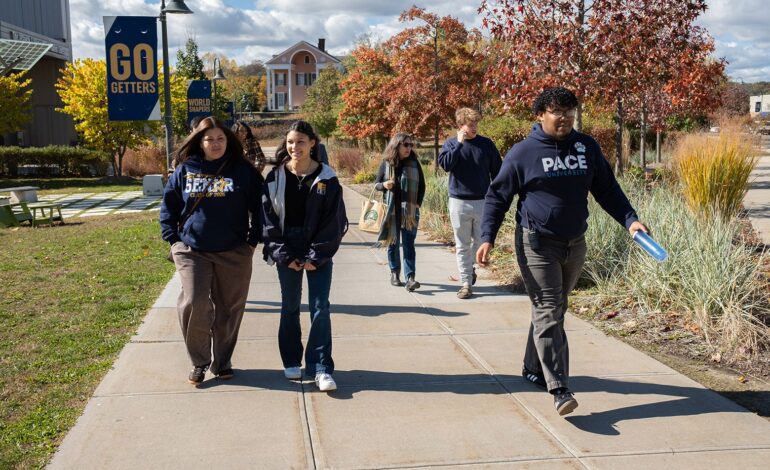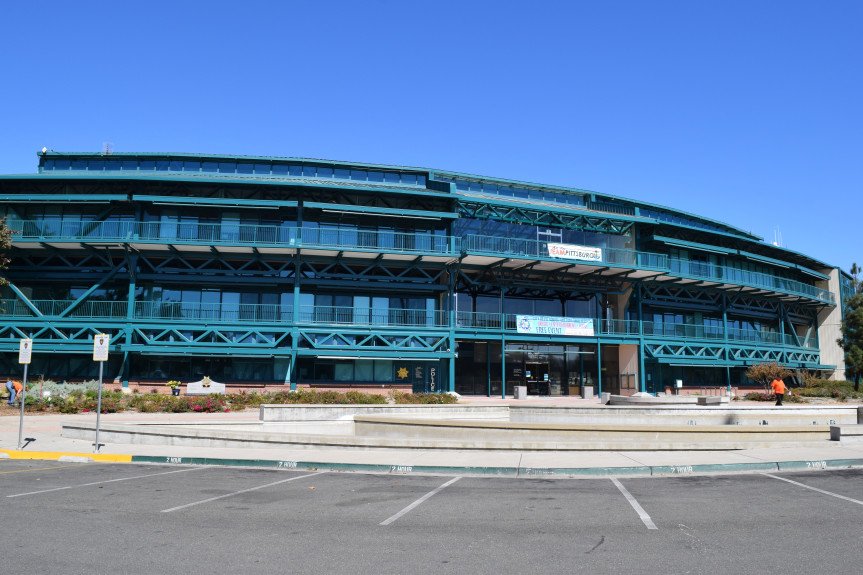College Admissions Surge: New Strategies Ease Entry for Students

UPDATE: College admissions are becoming easier than ever as universities implement new strategies to attract students amid a projected decline in high school graduates. This shift, confirmed by recent federal data, reveals that colleges now accept approximately 60% of applicants, a significant increase from 50% just a decade ago.
As high school senior Milianys Santiago prepares for her college journey, she finds the application process far less daunting than expected. “It hasn’t been as stressful as I thought it would be,” she stated while touring Pace University in New York. Santiago is among many students discovering that institutions are actively working to simplify admissions, offering incentives and waiving application fees to attract applicants.
In October, over 130 colleges in New York waived application fees ranging from $50 to $90, making it easier for students to apply. “It does feel a little more receptive,” remarked Sueane Goodreau, who accompanied her son Will on a tour of Pace, noting the stark contrast to her older daughter’s experience just three years ago.
The most significant change is the introduction of direct admission policies. The California State University system will automatically accept students earning a minimum grade in required high school courses, making the process more accessible starting in January 2024. Similar initiatives are being adopted across various states, including Alabama, Georgia, and North Carolina.
With the number of high school graduates projected to decline for the next 15 years, universities are eager to fill their seats. Kevin Krebs, founder of the college consulting firm HelloCollege, emphasized, “The overwhelming majority of universities are struggling to put butts in seats.”
Colleges are also utilizing creative recruitment methods, such as offering $1,000 in additional financial aid for students who visit their campuses. Research indicates that applicants who tour are twice as likely to enroll. At Pace, signs welcoming students and showcasing a friendly atmosphere reflect efforts to make admissions less intimidating.
Despite these changes, many young Americans still perceive the admissions process as challenging. A Pew survey found that 45% of 18 to 29-year-olds believe it is harder to get into college compared to previous generations. Andre Cordon, dean of admission at Pace, acknowledged this perception, stating, “Teenagers are still teenagers. There’s anxiety no matter what.”
In a bid to further streamline applications, more than 210 private colleges are now offering direct admission through the Common Application, an online platform used by thousands of institutions. This represents nearly double the number of colleges participating last year.
Research by the New York’s Higher Education Services Corporation revealed that waiving application fees resulted in a staggering 41% increase in applications, with 250,000 students applying to public universities during the fee-waiving month last fall.
However, experts caution that while these reforms may help colleges achieve enrollment goals, they do not address all barriers students face. James Murphy from Education Reform Now stated, “Direct admission is not a panacea. It works best when paired with financial aid and resources.”
As the landscape of college admissions continues to evolve, it remains clear that students and parents are now more empowered than ever in this process. Krebs noted, “At a lot of schools, if you have the grades, you’re going to get in.”
Watch for ongoing developments in college admissions as institutions strive to adapt to changing demographics and student needs.






